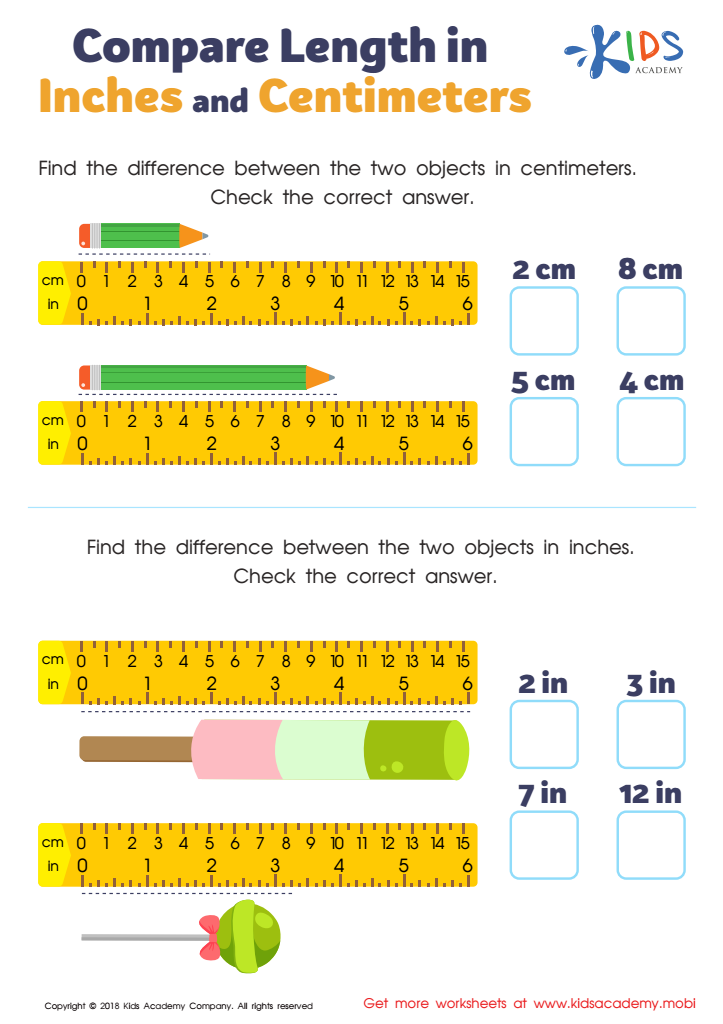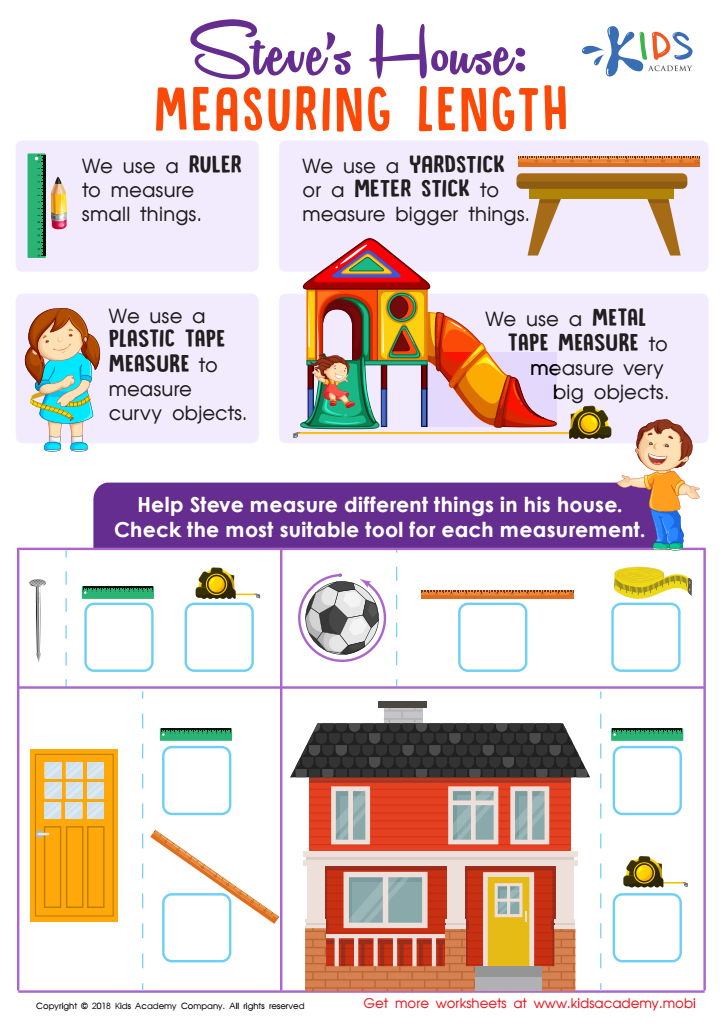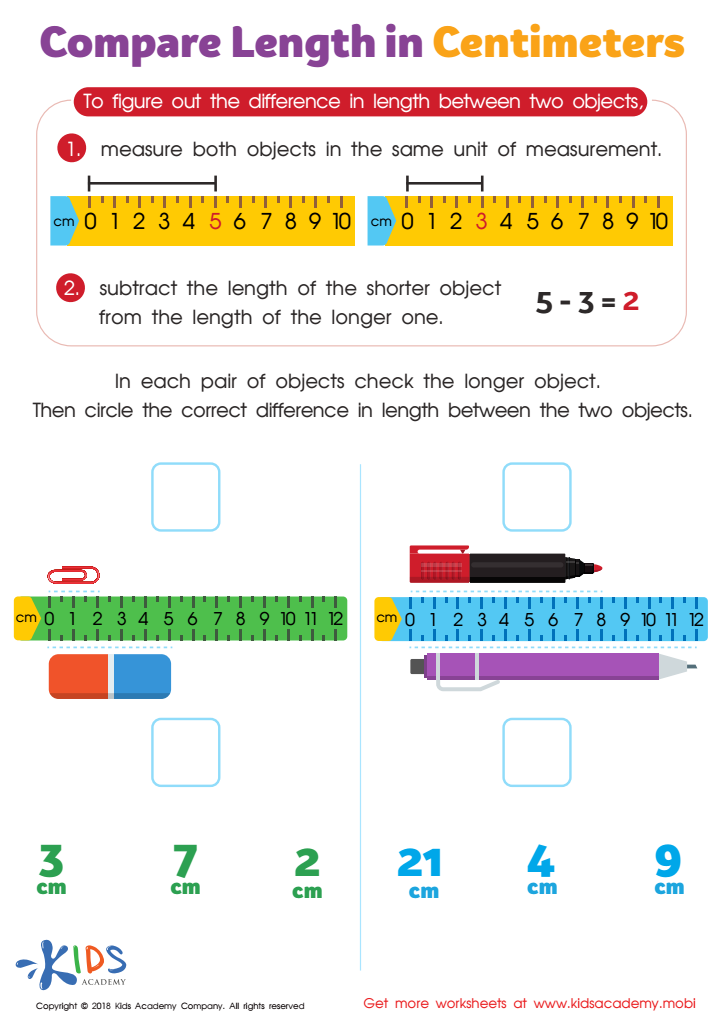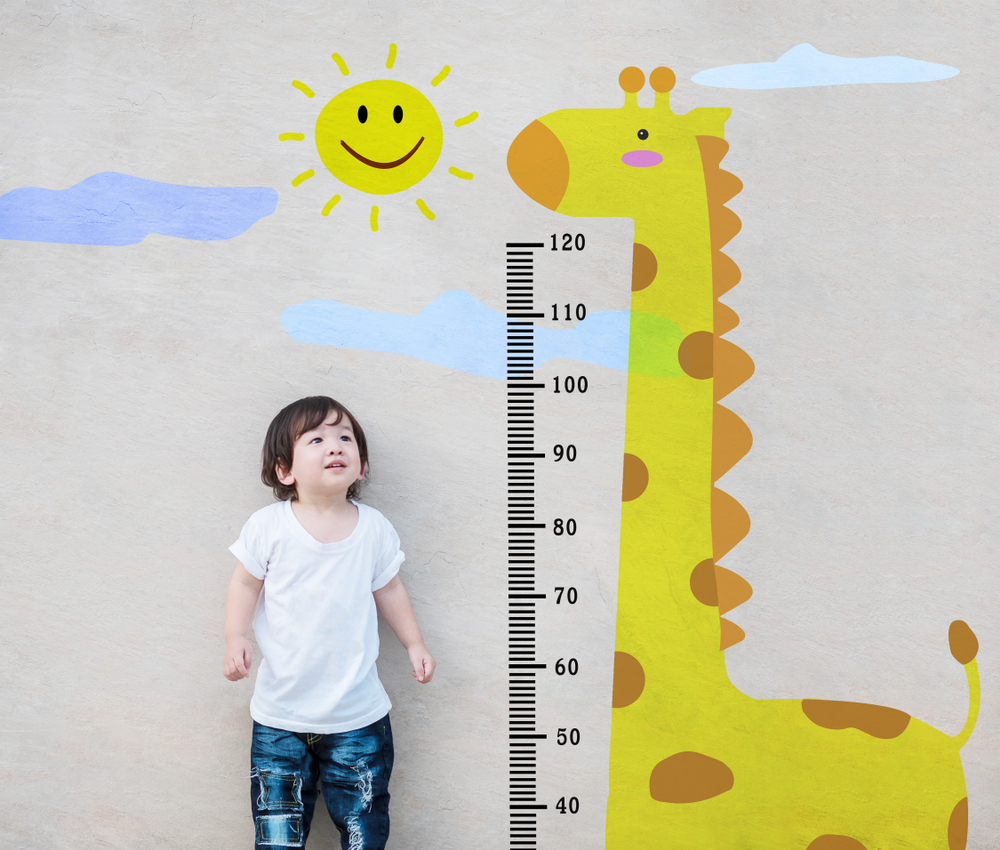Comparing lengths Normal Measurement Worksheets for 8-Year-Olds
3 filtered results
-
From - To
Discover our "Comparing Lengths" Normal Measurement Worksheets, specially designed for 8-year-olds! These engaging and interactive worksheets focus on helping children develop their measurement skills by comparing different lengths. With fun activities and colorful illustrations, students will learn to use rulers, estimate distances, and explore concepts of longer and shorter. Perfect for classroom or home use, these worksheets reinforce essential math concepts, making learning enjoyable. Teachers and parents can easily access printable resources that cater to various learning styles. Help your child build confidence in their measurement abilities today! Explore the worksheets and ignite a love for math in your young learner.


Compare Length in Inches and Centimeters Worksheet


Steve's House: Measuring Length Worksheet


Compare Length in Centimeters Worksheet
Parents and teachers should care about comparing lengths in the context of normal measurement for 8-year-olds because this skill lays a vital foundation for understanding mathematics and the world around them. At this age, children are developing critical thinking and problem-solving abilities, and learning how to compare lengths fosters these competencies.
Understanding measurement enhances spatial awareness, enabling children to visualize and relate to their surroundings. When children learn to compare lengths, they grasp key concepts of larger versus smaller, longer versus shorter, which are essential for future mathematical tasks such as addition, subtraction, and measurement in real-world contexts.
Additionally, measurement activities can promote hands-on learning experiences, leading to increased engagement and retention of concepts. These activities inspire curiosity and encourage exploratory learning, which is pivotal at this formative age.
Moreover, incorporating comparisons of lengths helps children with logical reasoning and critical analysis as they evaluate various objects and capacities. Ultimately, a strong grasp of measurement concepts not only supports academic growth but also builds practical life skills, paving the way for well-rounded development and preparation for future challenges. Thus, intrinsic and academic motivations drive the importance of teaching length comparisons to children effectively.
 Assign to My Students
Assign to My Students
















